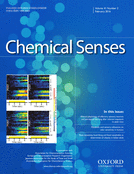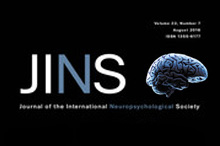
“The orphan G protein-coupled receptor 6 (GPR6) displays unique promise as a therapeutic target for the treatment of neuropsychiatric disorders due to its high expression in the striatopallidal neurons of the basal ganglia.
GPR6, along with closely related orphan receptors GPR3 and GPR12, are phylogenetically related to CB1 and CB2 cannabinoid receptors.
In the current study, we performed concentration-response studies on the effects of three different classes of cannabinoids: endogenous, phyto-, and synthetic, on both GPR6-mediated cAMP accumulation and β-arrestin2 recruitment. In addition, structure-activity relationship studies were conducted on cannabidiol (CBD), a recently discovered inverse agonist for GPR6.
We have identified four additional cannabinoids, cannabidavarin (CBDV), WIN55212-2, SR141716A and SR144528, that exert inverse agonism on GPR6. Furthermore, we have discovered that these cannabinoids exhibit functional selectivity toward the β-arrestin2 recruitment pathway.
These novel, functionally selective inverse agonists for GPR6 can be used as research tools and potentially developed into therapeutic agents.”
https://www.ncbi.nlm.nih.gov/pubmed/30480157








